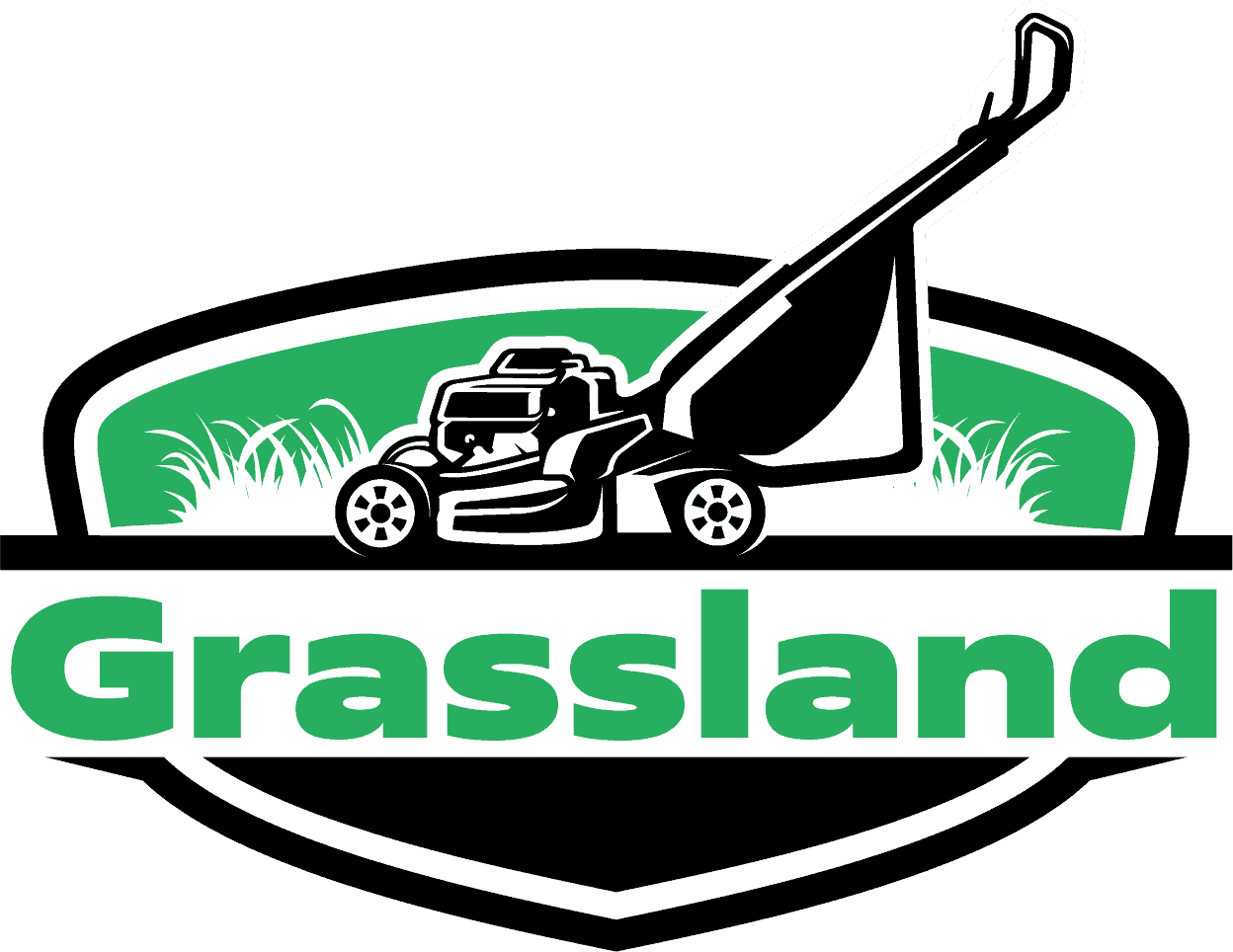Weed Control
What could be simpler than pulling weeds? We all know the drill. We walk along with the lawn and yank out any plants that don’t belong. But for many of us, it’s a never-ending battle – one by one, those pesky plants keep popping up!
Even if you take your time and pull them carefully, weeds will still send up new growth from their roots. It means not only more pulling but also no guarantee that their slimy root system is completely eradicated. This is where hiring a professional weed control service can turn into a much more attractive option when compared to fighting this unappealing fight on your own.
Call Long Beach Landscaping & Lawn Care now for your free quote!
Benefits of Hiring Weed Control Experts
Professionals Create An Effective Weed Control
Professional landscaping services can tailor a weed-control program to your specific yard and needs. Many professionals use herbicides that are more effective or less dangerous than what you would buy at a garden center or hardware store. For instance, some chemicals might be too toxic for children and pets if misused, but they may still get the job done for commercial properties where such risks are not as relevant. Professionals have access to stronger concentrations of chemicals that work more quickly on difficult weeds like poison ivy or sumac while also being more environmentally friendly than using higher concentrations of the same herbicide in smaller doses.
Professionals Can Identify Lawn Problems
Landscapers know which plants cause problems in your area. This way, they can treat problem plants before they become a problem. If you try to identify and remove these plants on your own, not only will it be a hassle, but you also run the risk of accidentally introducing new weeds.
Professionals can show up at your property and quickly treat all the vegetation with products that kill the existing plant life without leaving behind seeds that sprout later. You'll save time and stress, as well as money, because chemicals aren't something you need to keep purchasing every season.
Professionals Have Specialized Equipment And Tools
Professional landscaping services have heavy-duty tools that make removal much easier. This way, they don't have to give potential control fees or other additional charges for returning to deal with stubborn patches of grass after their initial visit. After spraying weeds, a lawn care technician can bring a backpack blower to clear debris from sidewalks, patios, driveways, and walkways. Meaning, you can disregard the weed-infested grass around your house without having to deal with the disgusting sight of it!
Professionals Have Access To Safe Products
Professional landscaping services have access to more environmentally friendly products than the commercial brands sold in stores. These chemicals break down quickly into water and carbon dioxide, leaving behind little or no residue that pollutes local waterways. It's important to consider preventing pollution on a large scale instead of just thinking about yourself, especially if you live near a river, stream, or other natural body of water.
Most Common Weed Problems Of Lawns
1. Ragweed
Ragweed is a highly allergenic weed, and it also can lower the quality of your lawn. If you have this plant in your yard, you know just how much havoc it can cause. Learning more about ragweed plants and their control methods will help you maintain a beautiful lawn free from these problems.
2. Annual Bluegrass (Poa Annua)
The smallest of the annual grasses, this weed can be difficult to eradicate if not dealt with right away because it spreads rapidly and tolerates close mowing. This weed prefers full sun but will establish itself well in shaded areas. Annual bluegrass is closely related to perennial ryegrass (Lolium perenne). Keep your lawn well-watered for best results.
3. Feathertop Rhodes Grass (Chloris Virgata)
This weed presents a challenge for homeowners because the grass is hard to control and has a dormant habit at times. Avoid water when trying to eradicate the weed.
4. Mustards (Sinapis Arvensis)
This weed can become very invasive in some cases, especially if left untreated for any period. The leaves are pointed with blunt tips, which vary in size depending on maturity. While mature seed pods look like golf tees because they are upright instead of drooping down like other mustards, young plants resemble annual bluegrass or crabgrass but grow taller than either one. Controlling this weed requires patience. Cutting off all new growth soon after germination will eventually yield results if done consistently.
5. Perennial Ryegrass (Lolium Perenne)
Like annual bluegrass, perennial ryegrass can be very hard to get rid of if not dealt with early on in the season. Mow your grass at a higher height which will help reduce germination and growth while making it more difficult for the weed to take hold.
6. Quack grass (Elytrigia Repens)
This pesky weed is tough to kill because it has deep roots resistant to most herbicides. Keep your lawn healthy as quack grass is sensitive to lack of nutrition. In some cases where you have a heavy infestation, it may be necessary to use a weed trimmer to harvest the biomass and destroy the roots.
7. Serrated Tussock (Nassella Trichotoma)
This grass has serrated leaves, which distinguishes it from most other grasses because they do not have serrations. The seed head is usually yellowish-green and smooth, with long, light hairs that grow into bristles at the end. Serrated tussock is an annual that thrives in exposed areas with little water or nutrients available due to poor soil quality. This weed can sometimes resemble foxtail barley, but the difference lies in the seed head, wherein serrated tussock does not have bristles on the tip.
8. Foxtail Barley (Hordeum Jubatum)
This weed can be difficult to eradicate because the wind easily spreads its seeds. Drought conditions are perfect for this weed, so it is most often found in exposed, dry areas with little water during the hot summer months. Do not plant any legumes in infested soil until they have been treated with herbicide to control foxtail barley in this area.
9. Common Chickweed (Stellaria Media)
Most people confuse common chickweed with mouse-ear chickweed. Although both look very similar, they are two different weeds. The biggest difference is their preferred growing conditions. While mouse-ear prefers shaded areas, common chickweed thrives in moist soil, like freshly watered lawns combined with fertile loam soils with a high organic matter content. It is best to control before they go to seed because it can spread quickly through their seeds once they do.
10. Ear Chickweed (Cerastium Vulgatum)
Mouse-ear chickweed is most commonly found in shaded areas, such as under trees or along fences, but it can also appear on open lawns if the conditions are favorable. This weed is closely related to common chickweed, and while both weeds look similar, mouse-ear has a more mouse-like appearance with white flowers and hairy stems than common chickweed, which only has tiny hairs. Both weeds thrive in moist soil, so keep the grass healthy by watering regularly and fertilizing it when needed. If weeds are too much of a problem, it’s best to use weed trimmers to remove the runners before the plant goes to seed.
FREQUENTLY ASKED QUESTIONS
Some common chemical pesticides found in weed killers include acetic acid, clove oil, citric acid, fatty acids (such as linoleic acid), mineral oils (such as paraffinic oil), plant-based essential oils (such as rosemary oil or neem seed oil), soaps derived from animal fat and vegetable oils (such as potassium salts of fatty acids).
If you don’t consistently water every day during the period when weed-killers are active, any new weed seedlings won’t stand a chance. Instead, they’ll quickly wilt and die without much moisture in the ground. Note that after application, weeds can continue to germinate from seeds in the soil for several weeks before they produce enough energy to grow.
Your lawn will be fine even if you can’t mow for a week after using herbicide. As experts, we recommend waiting 24 hours before performing maintenance work. If you wait for 2 or 3 days, there’s no harm done but you may notice that some very young weeds are able to grow again.

